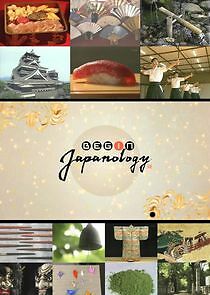|
Imagine that you have two equally-sized square sheets of paper. How would you cut each sheet of paper so that the pieces could be combined to make one larger square? This problem comes from Japan's indigenous mathematics tradition, wasan. In the 17th century and beyond, wasan enjoyed great and widespread popularity. Tablets with math problems written on them can be found in some Shinto shrines and Buddhist temples. Japanese mathematical genius Seki Takakazu raised wasan to perhaps its highest level. He revealed an understanding of mathematics that, in some respects, was ahead of Western knowledge of the time. In the late 19th century, wasan was replaced by Western-style mathematics and fell into obscurity, but now wasan is enjoying a revival. On this edition of BEGIN Japanology, our theme is traditional Japanese mathematics. By examining the history of wasan, we will reveal the Japanese attitude towards math. |
||
| Title: | Traditional Japanese Mathematics | |
| Air Date: | September 1, 2011 | |
| Runtime: | 30 min | |



grasshopper rex : I'm working on getting links for it